
Website management is mostly connected with content update. If a site was not made through a built-in site builder or by means of some script – the upload of updated content must be performed manually. Of course, control panels have file managers, which let a user upload/download the content through it. However, the speed is significantly lower; the interruptions of transfer are more likely to occur and actions on multiple files and folders are not always easy to carry out. What makes a really good alternative to data transfer over web (http transfer) is the use of FTP.
What is FTP
FTP (File Transfer Protocol) – is a network protocol used for copying data over the Internet. File transfer has a client-server architecture, where the server is a remote machine with FTP-server installed and available on its default port (21). In order to check the availability of FTP at your host, you may use the following command:
telnet %hostname% 21
The hostname may be either your domain name, or the name of your hosting server or its IP. Once you run the command, you will get a response of this kind:
220———- Welcome to Pure-FTPd [TLS] ———-
220-You are user number 2 of 50 allowed.
220-Local time is now 02:35. Server port: 21.
220-This is a private system – No anonymous login
220 You will be disconnected after 15 minutes of inactivity.
This tells you about the name of the FTP server installed and its settings – connection and timeout limits, authentication type. Since anonymous logins are not usually allowed, password authentication should be passed. Credentials for FTP-access are either same as for control panel or those, set during creation of a separate FTP-account under control panel. So, in order to connect to the server via FTP you should have a hostname, a port, a username, a password… and an FTP-client.
How FTP-clients Work
FTP-client is user-end software with interface, similar to the one of a file manager. This interface allows connecting to the server and operating with files with the help of mouse clicks, rather than shell commands. The transfer process is on-screen, so you can trace all the changes. Although the way FTP-clients work is same for all of them, each client has its own peculiarities, which may become decisive when considering the choice of FTP software.
Probably the most popular client in our review is FileZilla – an open source product, easily available for download. Beside this (rather important) benefit, FileZilla client is famous for its multi-platform support, as it can be installed on any OS.
Two other “Filezilla alternatives” – FlashFXP and SmartFTP – can be run on Windows only. Those clients are licensed, but both are available for a 30-days trial period, in full version. Although it may sound unfair to compare open source software to commercial one, this article is to help you choose exactly what you need, and to find out if a product is worth being purchased, before you actually add it to your shopping cart.
General view
When you launch FileZilla or FlashFXP, you see a standard file-manager-like window, vertically divided into two boxes – for a local and remote site. This makes file transfer process a lot easier, as you may simply drag and drop files from one box to another.
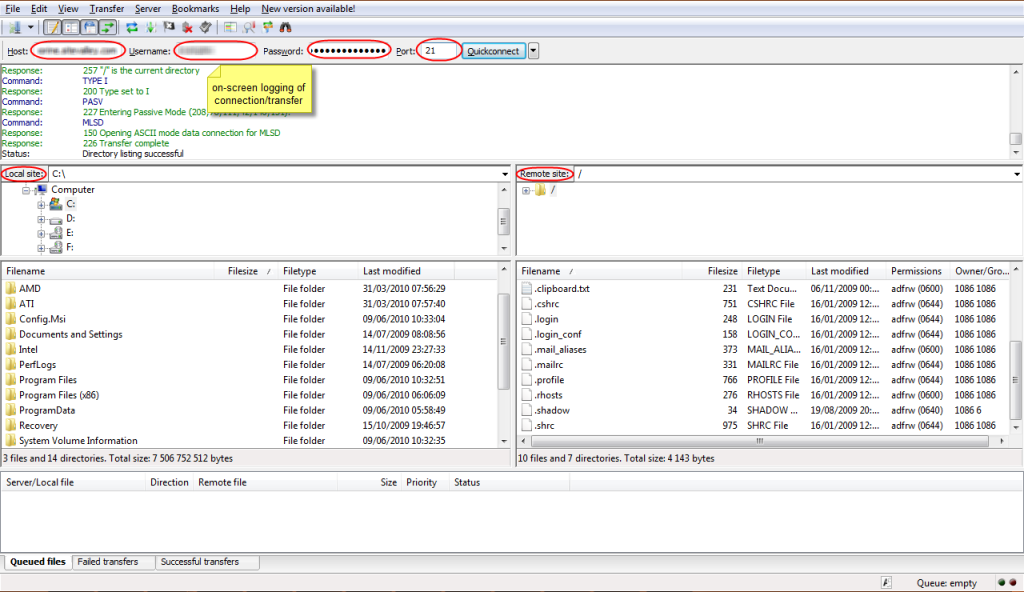
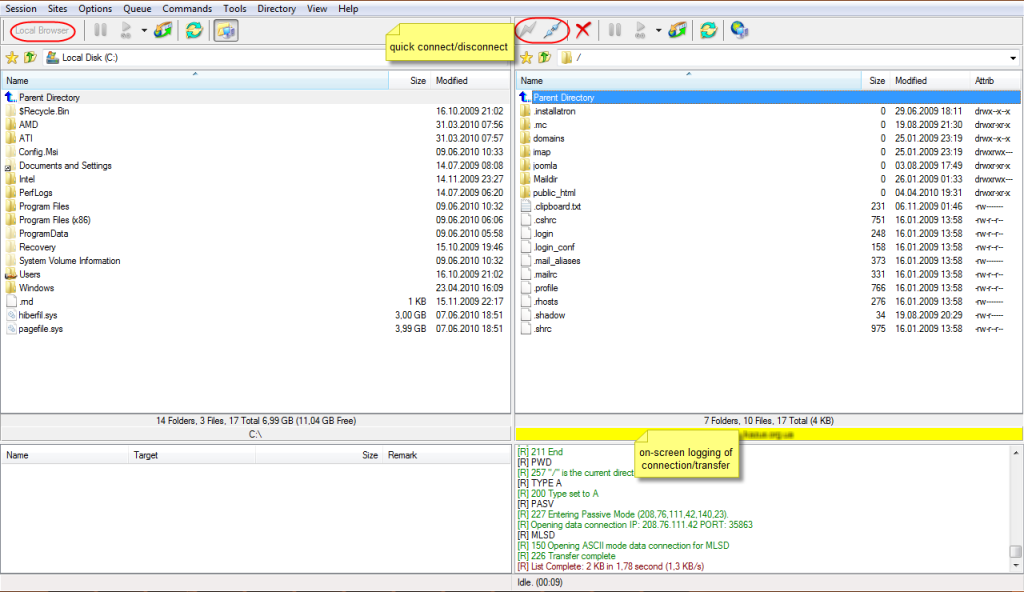
Both clients have a quick connect option. But if FlashFXP requests login details through a separate box, FileZilla is really quick at it.
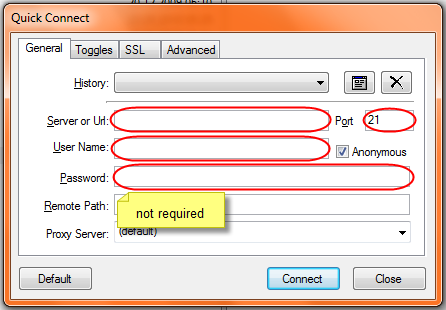
First run of SmartFTP looks a bit different. When you start it for the first time, you are greeted with a welcome screen, which offers you options of further actions. A box below allows to set transfer queues, trace upload/download speed and manage multiple files upload.
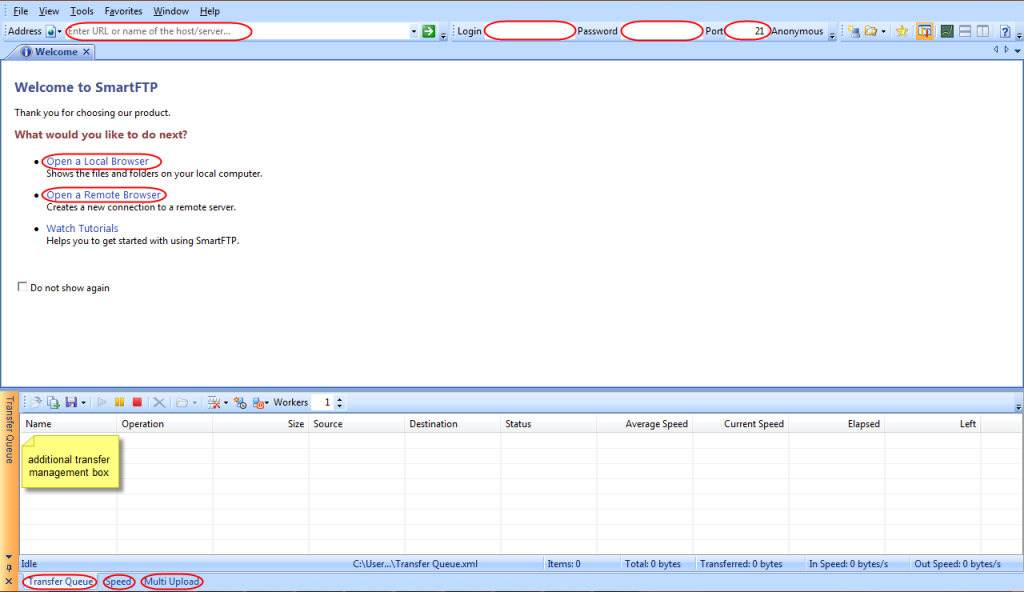
If you then open a local browser, you will be surprised to see a new tab opened. This multiple tab feature of SmartFTP is perfect for those, who have several accounts on the same or different servers to manage. Resellers and freelancing web-designers know what it is like, so no wonder many of them choose SmartFTP.
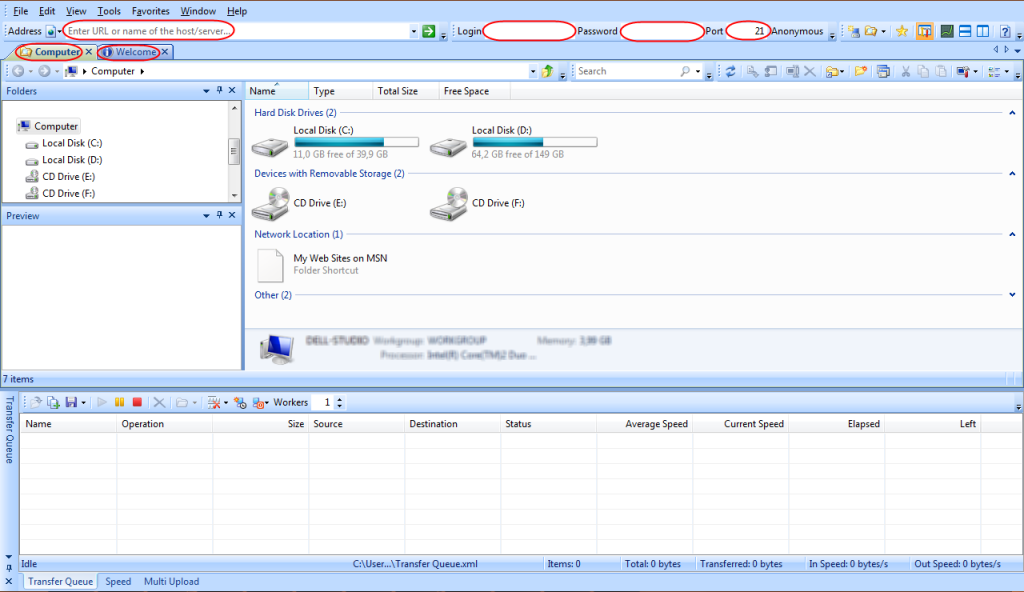
So, you now have a local browser open. Let’s open a remote one, to get a full picture.
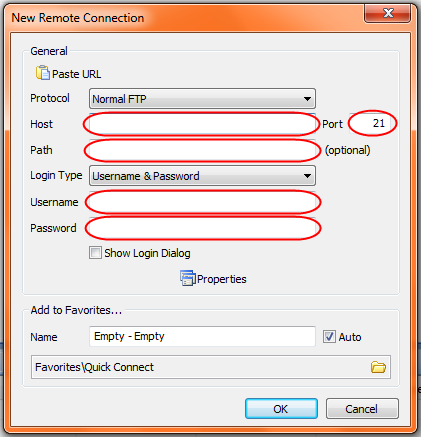
Once you provide all the needed login credentials, another separated tab will appear – now you have the same split screen as in other clients.
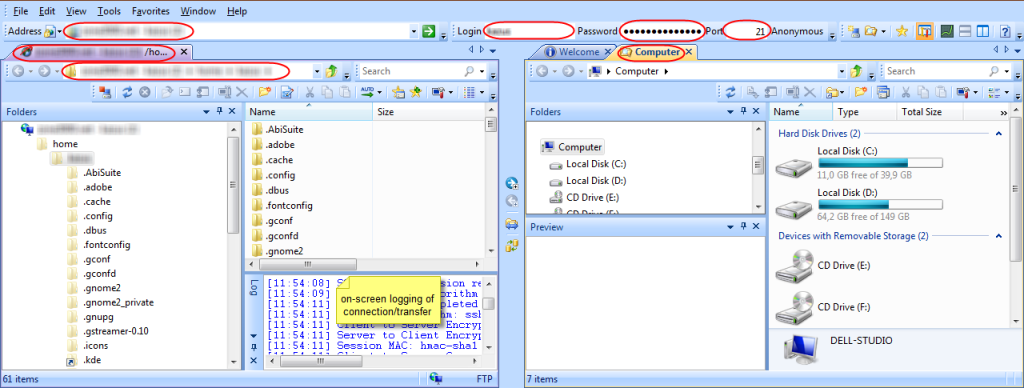
Additional Settings and Peculiarities: FileZilla vs FlashFXP and SmartFTP
When it comes to FTP transfers, all software looks much alike. Most FTP-clients, however, are not limited to that option. FlashFXP, for instance, also allows to carry out server-to-server transfers via FXP (File eXchange Protocol). Such transfers are direct and therefore faster, as the traffic is not processed through your local machine.
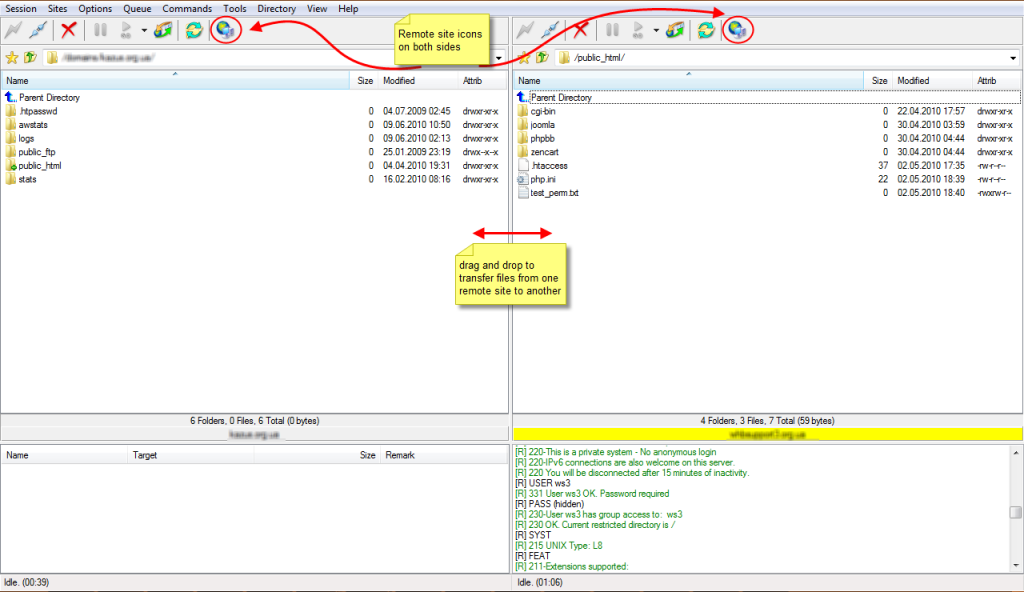
SmartFTP copes with it as well.
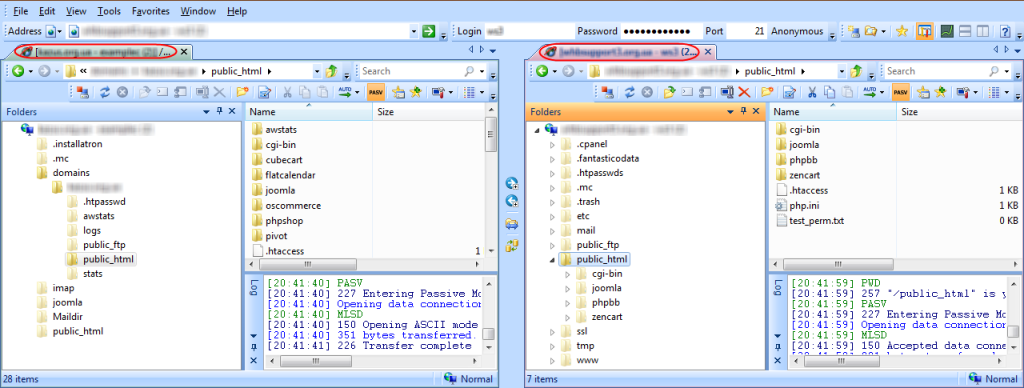
Though FileZilla can hardly boast of having this feature, all the other options, such as Filezilla SFTP (Secure FTP over SSH) access, Active/Passive mode switching, connection and upload/download speed limitation are available in it as well as in any other client reviewed there.
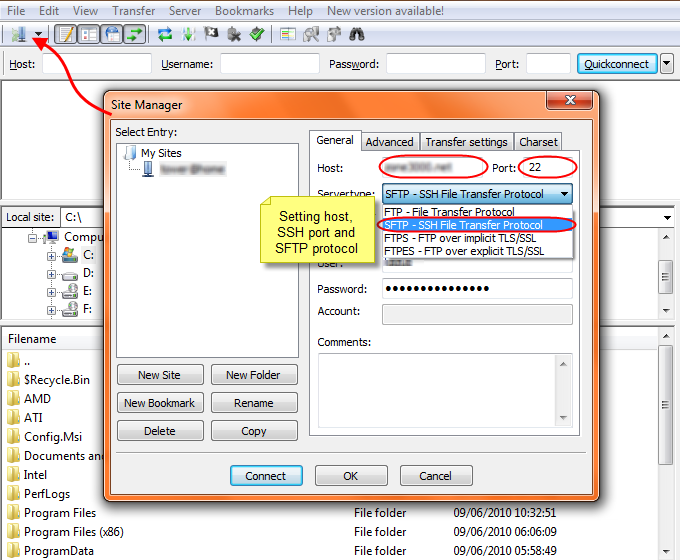

FileZilla settings have a detailed multi-branch structure. Settings of SmartFTP and FlashFXP look less complicated. Besides, FlashFXP does not require any special settings for SFTP – you’ll just need to set SSH port in the same quick connect window – the protocol is recognized automatically.

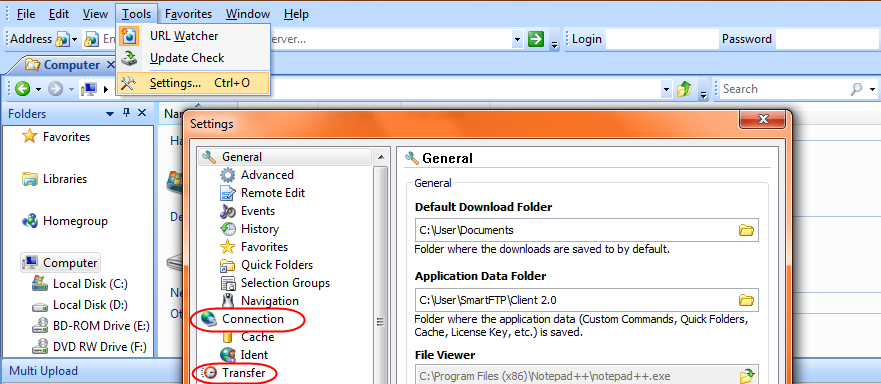

Summing the things up
It may be not that easy to choose an FTP-client to manage a website with. However, there are always options left, as you are able to remove current software and install the new one. We hope this article has clarified many things about FTP-clients and especially the use of each of them. FileZilla, for instance, would perfectly fit those, who need simple open source solution or have something different from Microsoft Windows installed on their local machines. FlashFXP is designed for those, who need kind of a more professional solution at a reasonable price. SmartFTP is for real computer geeks and hosting gurus; though it’s the costliest software – it’s really worth it.
Note: If you have ordered one of our cheap Linux VPS, you can use any of the specified FTP clients in order to connect to the server.





Quick Customer care response, accurate and broad assistance, easy to use client area.....





I am very happy with the service. I am with site valley for many years and at the present usimg 2 hosting packages. Their service is excellent and super fast. Thanks & Greatly Appreciated





I've been hosting my websites with Sitevalley for more than 6 years. Very satisfied with the services and reliability they provide, competitive prices, almost no downtime, fast and knowledgeable customer support.





I have been using side valley for a couple of years now and have to say I am very happy with the service they offer.I use many Hosting services but site valley stands out in front. Reliable service, great support.I don't normally leave reviews but felt I wanted to for this service as it has been fantastic





I didn't want to review so soon on into taking out hosting with site valley but I feel obliged because their customer service is outstanding, second to none, every time I had an issue it was sorted immediately. I would highly recommend Site Valley.





I have been with Sitevalley for over a year and it's the best hosting I have EVER used. And I have been through a lot of them.





The support staff are amazing, and it's clear that they have a passion for hosting websites. I've rather enjoyed this webhosting company and it's stability for the price is bar-none, amazing.





My collegue adviced me to use SiteValley as a reliable hosting provider with great prices, professional and fast Customer Service. My experience with SiteValley was exactly the way I was promised.





I have been with SiteValley for many years, and plan to stay with them for many more. Customer support is very responsive and knowledgeable.
SiteValley.com is rated 4.8 / 5 based on 329 Reviews »

© 2001 – 2026 SiteValley.com. All Rights Reserved.